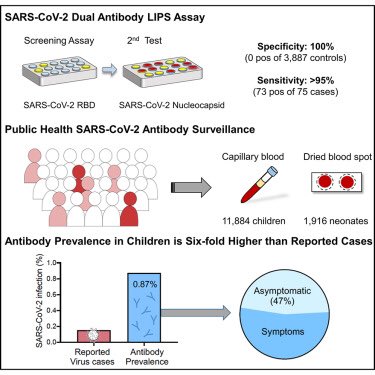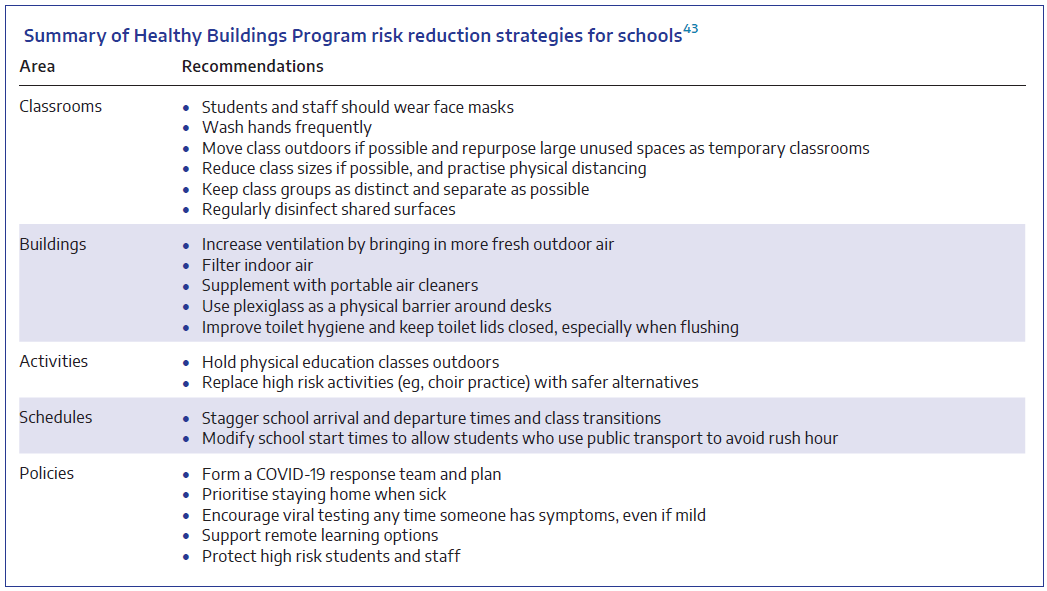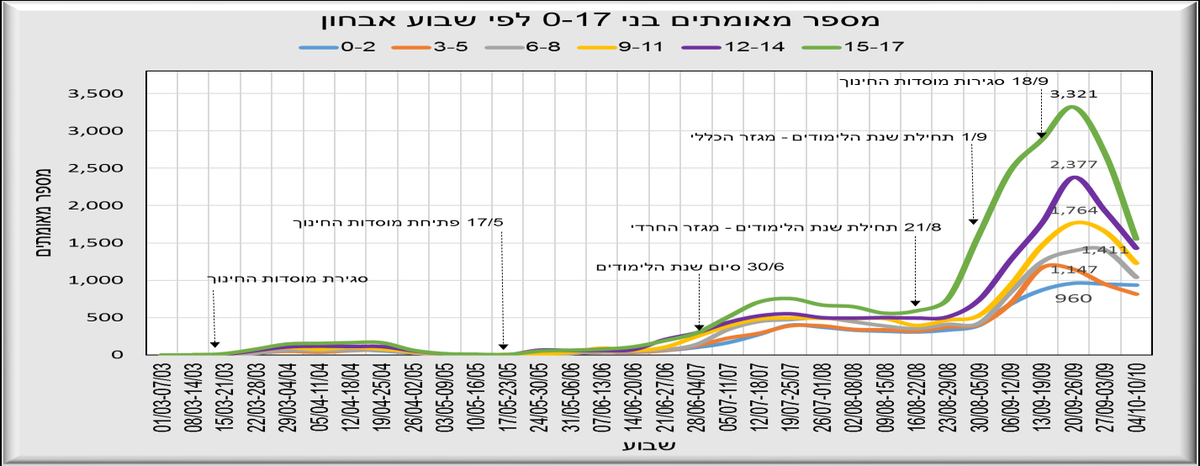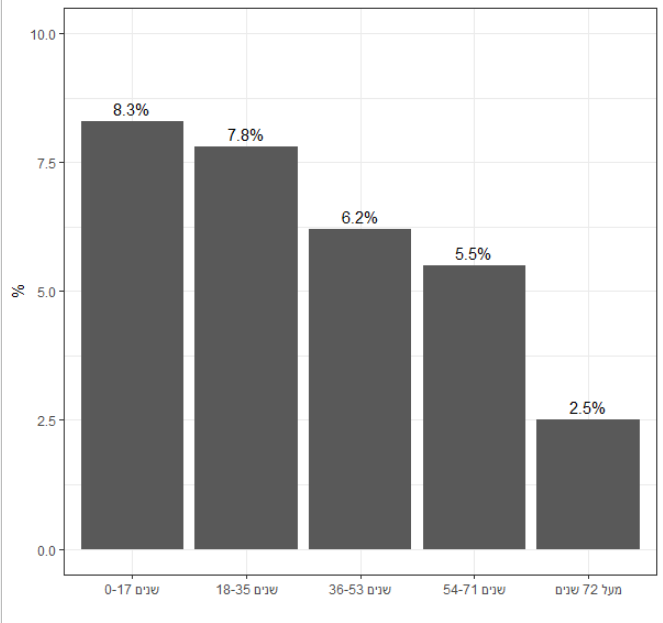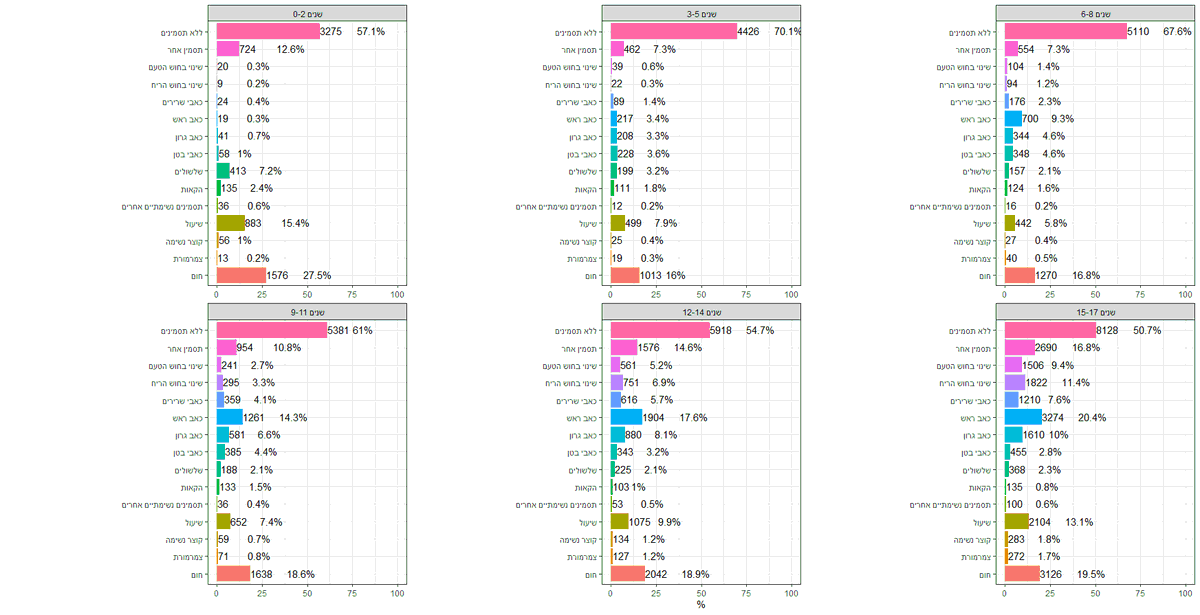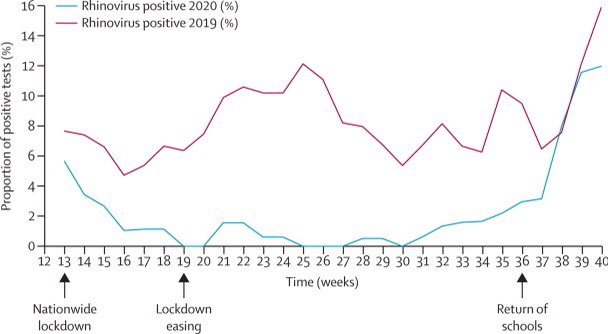
Important news on the cross-reactive antibody story. Children and teenagers are more likely to have them than adults, which might explain why #COVID19 is less severe in this age group.
Children & adults are similarly likely to be infected though, so they aren’t fully protective.
Children & adults are similarly likely to be infected though, so they aren’t fully protective.
https://twitter.com/virusesimmunity/status/1325085193913462784
While these cross-reactive antibodies might possibly explain why most children generally don’t become seriously ill with #COVID19, it doesn’t mean that herd immunity is any easier to reach.
They probably reduce disease severity at best. Children aren’t immune to infection.
They probably reduce disease severity at best. Children aren’t immune to infection.
There’s also the possibility that these cross-reactive antibodies have nothing to do with why children have mild illness.
Instead, they might make illness worse in people who have them. For example, through a phenomenon known as original antigenic sin.
en.m.wikipedia.org/wiki/Original_…
Instead, they might make illness worse in people who have them. For example, through a phenomenon known as original antigenic sin.
en.m.wikipedia.org/wiki/Original_…
So, let’s not get too excited just yet. There’s more to discover.
• • •
Missing some Tweet in this thread? You can try to
force a refresh


